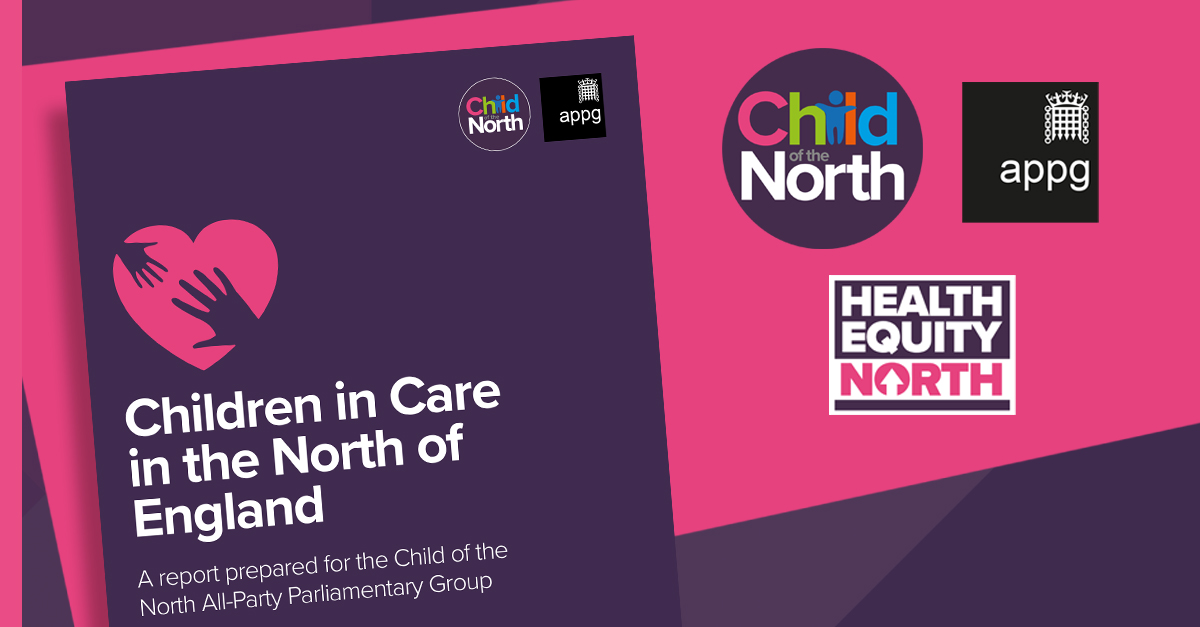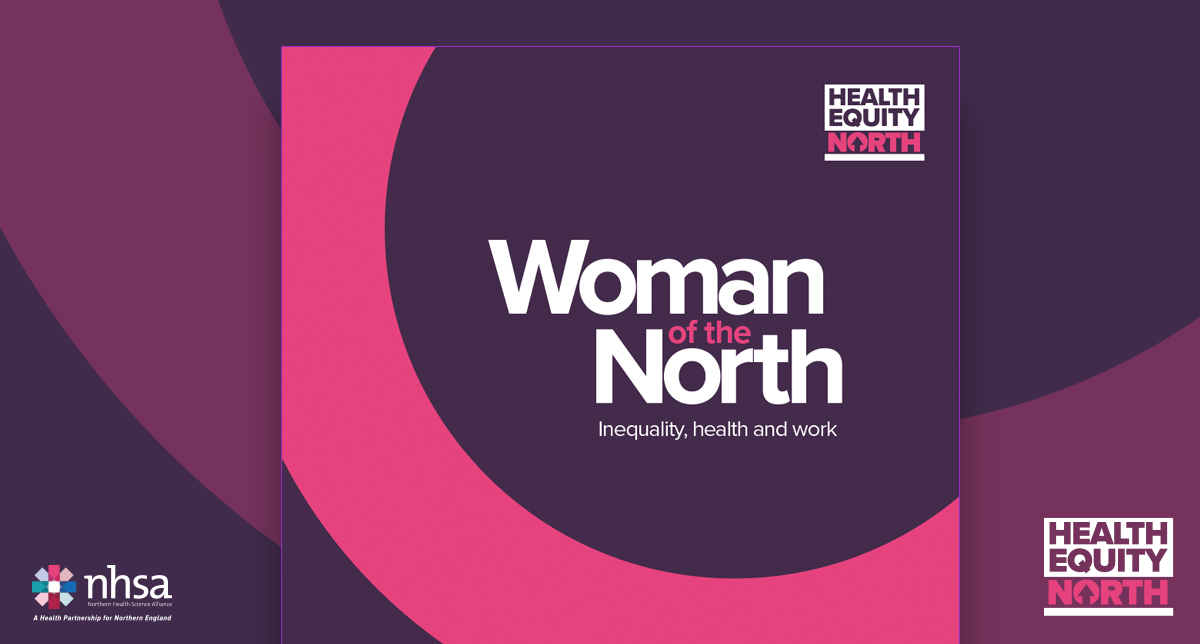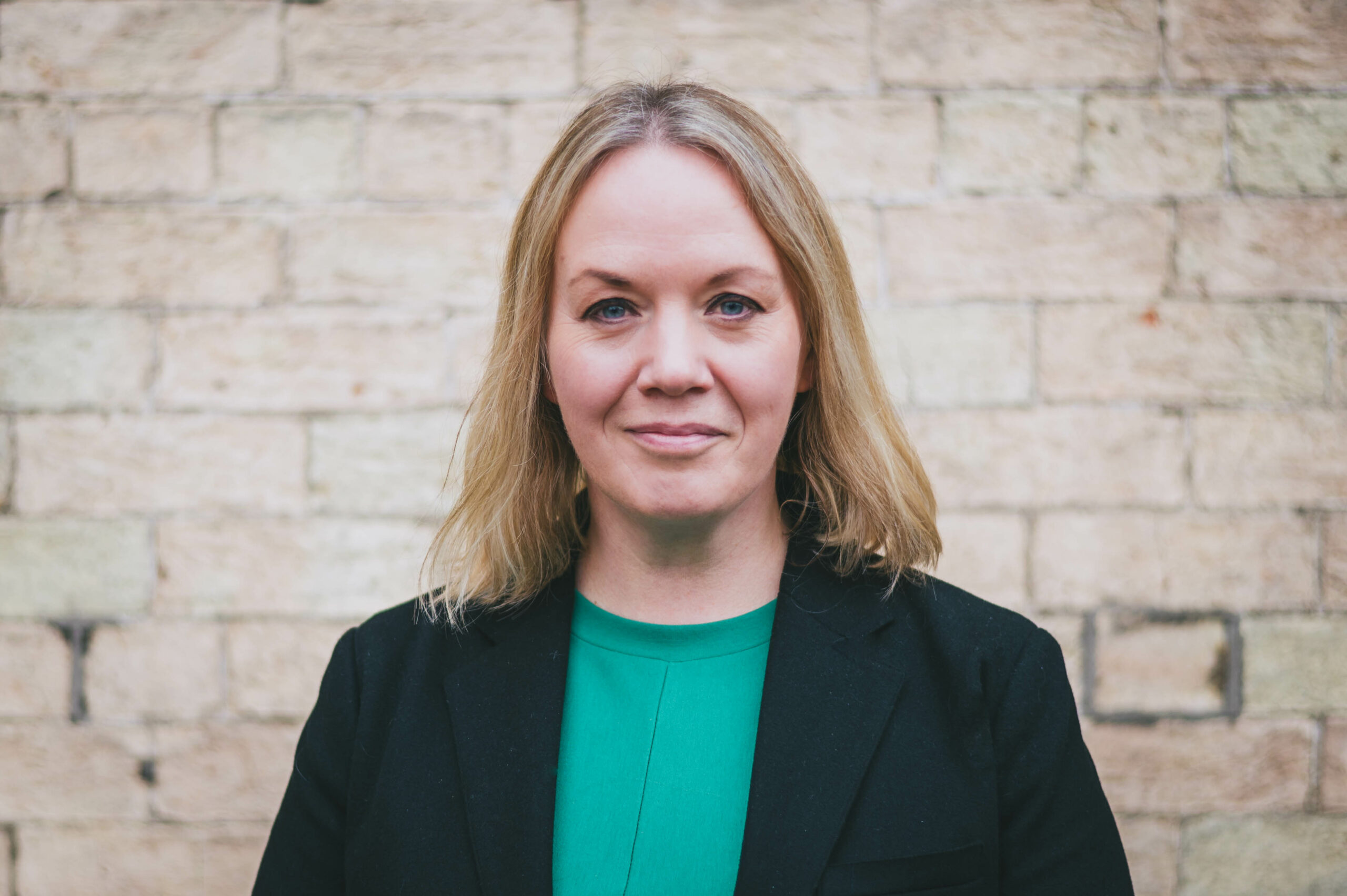Children in the North at greater risk of entering care

Click here to read the full report
A new report has revealed the £25 billion children in care burden placed on stretched services in the North of England.
Published today [Wednesday April 17, 2024] by Health Equity North on behalf of the Child of the North All-Party Parliamentary Group (APPG), the report shows the disproportionately high rates of children in care in the North compared to its southern counterparts.
It also highlights the immense pressure placed on children’s services in northern regions that shoulder a greater share of a weighty economic burden as a result.
Put into perspective, if the North had experienced the same care entry rates as the South between 2019 and 2023, it would have saved at least £25 billion in lifetime social costs of children in care.
Led by Dr Davara Bennett from the University of Liverpool, the authors analysed existing data to paint a clear picture of the regional inequalities that exist within the care system in England.
They found that in the North, the rate of children in care per 10,000 of the child population is 93, compared to 62 in the rest of England.
The North East has the highest overall care rates, followed by the North West, West Midlands and then Yorkshire and the Humber.
There were over 83,000 children in care in 2023 in England and the report warns that the risk of that number rising is high as health inequalities continue to widen and more and more families are falling into poverty, particularly in the North.
The rise in child poverty between 2015 and 2020 led to over 10,000 additional children entering care – equivalent to one in 12 care entries over the period.
The worrying findings of the report have prompted calls from Child of the North APPG members and academics for urgent action to address the inequalities in the care system.
The Child of the North APPG members and report authors are calling for a range of measures to be considered by government including: policies to reduce child poverty; enhanced material support for families involved in Children’s Services; investment in prevention strategies; joint anti-racist and anti-poverty policies; more support for older children and those leaving care; strengthening the workforce and wider system; and optimising children’s social care data.
The Children in Care in the North of England report also summarises evidence on ethnic inequalities in children’s chances of experiencing care in England, decreasing numbers of foster carers, shortages in children’s homes, private profiteering, education disadvantages, children’s social care workforce challenges, homelessness, and includes insights from care experienced children as well as those working within children’s services at local authority level.
Further findings from the report include:
Northern care rates
- In Blackpool one in every 52 children is in care and in Hartlepool it’s one in 63 – compared to England, which is one in 140.
- The North accounts for 28% of the child population, but 36% of the children in care.
- The 27% increase in the number of children’s homes between 2020 and 2023 disproportionately affected the North of England. The North has 1,176 children’s homes, or over 40% of the children’s homes in England – there are just 1,704 in the rest of England.
- The North West alone now accounts for over a quarter of children’s homes and close to a quarter of children’s home places.
- In 2023, two thirds of local authorities with care rates exceeding 1% were in the North
Child poverty and care
- In England, in 2015, children in the most deprived 10% of neighbourhoods were over ten times more likely to be in care than children in the least deprived 10%,
- There are deep intersectional inequalities in care. Mixed Heritage populations experience particularly high levels of both socioeconomic and ethnic inequity in care rates.
Care experienced children
- Up to four decades after their initial care assessment, care experienced people are more likely to die earlier than their peers, of causes related to self-harm, poor mental health, behaviours and accidents.
- In England, of the cohort of children born in 2009/10, around one in five children were referred to Children’s Services before the age of five. In Liverpool, this number is one in two.
- Depending on their ethnicity, care experienced children are between two and 16 times more likely to have youth justice involvement than those with no experience of care.
- Black Caribbean children are more likely to be placed far from home.
- Black Caribbean children, and children recorded as White Traveller of Irish heritage, are more likely to experience multiple placements.
Care costs
- Placement costs incurred solely due to the rise in child poverty between 2015 and 2020 are estimated at £1.4 billion. It would cost £0.25 billion per year to support 250,000 children out of deep poverty by abolishing the benefit cap. It would cost £1.3 billion per year to lift a further 250,000 children out of poverty by abolishing the two-child limit.
- Between 2011 and 2019, as spending on children in care increased, total spending on preventative services for children and families fell by about 25% in real terms.
- Over that period, cuts to adolescent services totalling £58 million led to more 16-17-year-olds over entering care – and placement costs exceeding £60 million.
- Between 2015-16 and 2021-22, local authority spending on residential care more than doubled. One in 10 local authorities are now at risk of bankruptcy. For northern regions hosting disproportionate numbers of children in care, the economic burden is substantial.
Dr Davara Bennett, lead author of the report and Public Health, Policy & Systems at the University of Liverpool, said: “Our report has exposed the deeply rooted social inequalities reflected in, and exacerbated by, the child welfare system. These need to be tackled head-on by policymakers. Local authorities are trapped in a cycle of ever-greater spend on children in care, at the expense of investment in effective support for families in need. The evidence shows the damage caused by cuts to prevention and failure to address the very real problem of child poverty in the North.
“There are a number of policies that, if implemented, could help reduce the number of children entering care and improve the care and support children and families receive when in need. We urge government to hear our calls for action and commit to addressing them as a priority.”
Professor Kate Pickett OBE, Academic Co-Director at Health Equity North, and Director of the Public Health & Society Research Group and the York Cost of Living Research Group at the University of York, said: “For children who spend time in care, the experience stays with them beyond childhood. For many, they continue to face adversities throughout the course of their life, often experiencing worse educational, employment, income, housing, mental and physical health, and criminal justice outcomes, than other children.
“This report makes it very clear that things need to change. Children and families should have access to a system that is adequately funded to be able to provide the support and care needed to help them reach their potential as they go into adulthood.
“It is no great surprise that the North sees the highest rates of children in care when you consider the entrenched health inequalities we continue to battle and the decades of under-investment which have hollowed out preventative services.
“This is very disturbing and I hope that current and future governments will act on the clear recommendations set out in the report to help create a fairer future for all children.”
Emma Lewell-Buck MP for South Shields and Co-Chair of the Child of the North APPG, said: “As a former social worker, I have experienced first hand the immense pressure placed on children’s services in the north. When children and families aren’t given the right support the consequences and damage done can last a lifetime. In my region specifically, shameful levels of poverty coupled with underinvestment has led to dramatically disproportionate rises in the number of children in care, compared to the south.
“Excellent social work happens every single day, yet this report highlights how valuable opportunities to improve social care for both children, families and those who work with them are being ignored. Our children deserve better.”
Mary Robinson MP for Cheadle and Co-Chair of the Child of the North APPG, said: “As we strive for a fairer future for children across the North of England our APPG has looked at the impact on young people whose life chances are disproportionately affected by their time in care. By identifying family adversity earlier more support can be given to families in need.
“However, in order to effectively do this, we need a national framework for data collection, with a full, consistent range of data fed into it. This will help ensure that we have a well-rounded, informed and child centred approach for policy and decision making, and ensure that Government can appropriately target support where it is needed most.”
The report was prepared by experts from northern organisations and universities for the APPG Child of the North. The APPG brings together policy makers and experts in child outcomes from across the country to find solutions to the disparities suffered by children in the North of England. Child of the North is a partnership between Health Equity North and N8 Research Partnership.





